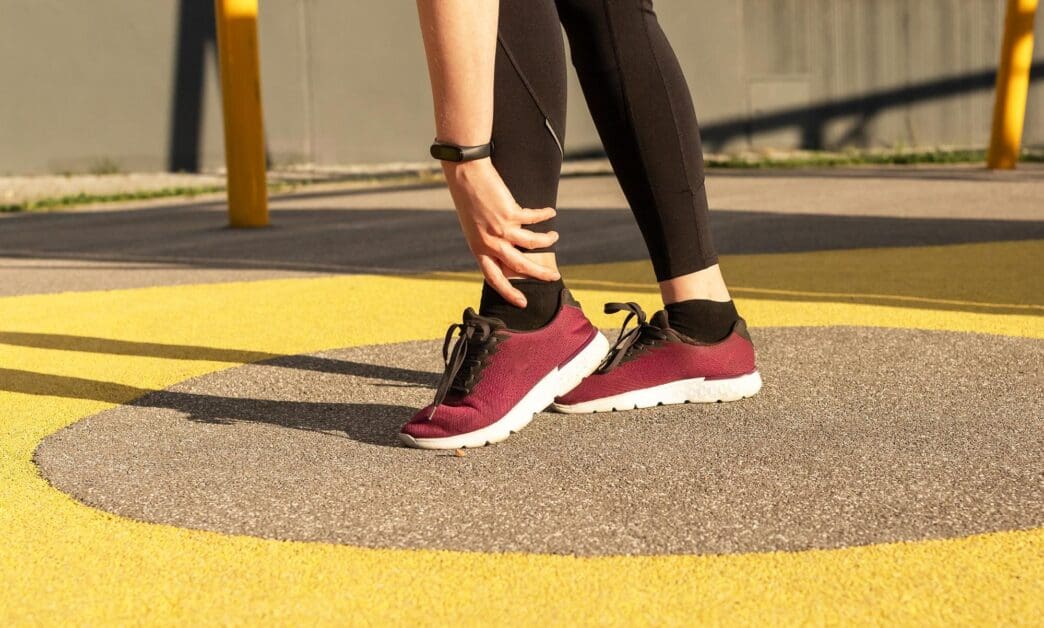A Quick Takeaway
The Story Behind the Trend
How to Make It Work for You
The Community View
For runners who naturally land on the middle or front of their foot, selecting the right footwear is paramount to enhancing performance, preventing injury, and maximizing comfort. Midfoot and forefoot striking, a biomechanically efficient stride pattern, demands specific shoe characteristics that support natural propulsion and absorb impact precisely where it occurs. Understanding these needs and choosing shoes designed to complement this style is crucial for anyone looking to unlock their peak running potential, from casual joggers to competitive athletes, by providing the proper support and responsiveness during every run.
Understanding Midfoot and Forefoot Striking
Midfoot striking involves landing primarily on the arch area of your foot, allowing the foot’s natural shock absorbers to engage effectively. Forefoot striking, on the other hand, means making initial contact with the ball of your foot, just behind the toes. Both patterns leverage the foot and ankle’s natural spring-like mechanisms, promoting a quicker turnover and often reducing the harsh impact forces associated with traditional heel striking.
These strike patterns are generally considered more efficient for speed and can be less jarring on the knees and hips, as the body’s natural cushioning system is fully utilized. Runners adopting or naturally exhibiting these styles benefit from footwear that encourages this motion rather than hindering it, making shoe choice a critical component of their running strategy.
Why Shoe Choice Matters for These Strikers
Unlike shoes designed for heel strikers, which often feature significant heel cushioning and a higher heel-to-toe drop, footwear for midfoot and forefoot strikers prioritizes flexibility, responsiveness, and strategic cushioning. The wrong shoe can impede natural foot movement, alter gait, and potentially lead to discomfort or injury. A shoe tailored to your strike pattern works in harmony with your body, optimizing energy return and providing support where it’s most needed.
Key Features to Look For
Lower Heel-to-Toe Drop
The heel-to-toe drop, or offset, refers to the height difference between the heel and the forefoot of the shoe. For midfoot and forefoot strikers, a lower drop (typically 0-6mm) is often preferred. This design encourages a more natural foot position, reduces the likelihood of heel striking, and promotes a midfoot or forefoot landing by keeping the foot flatter.
Forefoot Cushioning and Responsiveness
Since the initial impact and subsequent push-off occur in the forefoot, ample cushioning in this area is essential. This cushioning should not only absorb impact but also offer a high degree of responsiveness. Responsive materials provide energy return, helping to propel you forward with each stride, making your runs feel more efficient and less taxing.
Flexibility
Shoes for midfoot and forefoot strikers need to be highly flexible, particularly in the forefoot. This flexibility allows the foot to bend and move naturally through the gait cycle, from landing to toe-off. A stiff shoe can restrict this natural movement, leading to discomfort and hindering the foot’s ability to act as a natural spring.
Lighter Weight
Generally, midfoot and forefoot strikers often benefit from lighter shoes. A lighter shoe reduces the effort required to lift and move the foot, contributing to a quicker cadence and less fatigue over longer distances. While cushioning is important, the goal is to find a balance between adequate protection and minimal weight.
Snug Midfoot Fit
While the forefoot needs room to splay naturally, a secure fit around the midfoot is crucial. This ensures the foot is held firmly in place, preventing unnecessary movement within the shoe that could lead to blisters or instability. The lacing system and upper material should provide a comfortable, locked-down feel without being overly restrictive.
Top Running Shoe Brands and Models for Midfoot/Forefoot Strikers
Many brands now offer models specifically designed with these features in mind. For example, shoes like the Saucony Kinvara are renowned for their low drop and responsive feel, making them a favorite among those who land on their midfoot or forefoot. The Hoka Mach series also offers a balanced blend of cushioning and responsiveness in a relatively low-drop package, catering to a similar running style without sacrificing protection.
Brands like Altra are famous for their “Zero Drop” platform and wide toe boxes, which naturally encourage a midfoot strike and allow the toes to splay. The Brooks Hyperion line focuses on lightweight, propulsive designs. Even models like the New Balance FuelCell Rebel often feature a responsive forefoot and a lower drop, appealing to runners seeking a fast, agile ride that supports their natural foot strike.
Finding Your Perfect Pair
While these recommendations provide a starting point, the ultimate test is how a shoe feels on your foot during a run. It’s highly advisable to visit a specialized running store where you can try on various models and even perform a short test run. Many stores also offer gait analysis, which can confirm your strike pattern and help narrow down your options to shoes that truly complement your biomechanics.
Optimizing Your Stride Beyond Shoes
While the right shoes are vital, remember that they are just one component of peak performance. Incorporating strength training, especially for your glutes, hamstrings, and calves, can further enhance your natural foot strike efficiency and reduce injury risk. Drills that focus on cadence and foot placement can also refine your technique, ensuring your body and your chosen footwear work together seamlessly.
Selecting running shoes tailored to a midfoot or forefoot strike pattern is a strategic decision that significantly impacts comfort, performance, and injury prevention. By prioritizing features like a lower heel-to-toe drop, responsive forefoot cushioning, and flexibility, runners can find footwear that truly supports their natural biomechanics. Always remember to try on shoes, consider a gait analysis, and pair your ideal footwear with consistent strength training to truly unlock your peak running potential.







